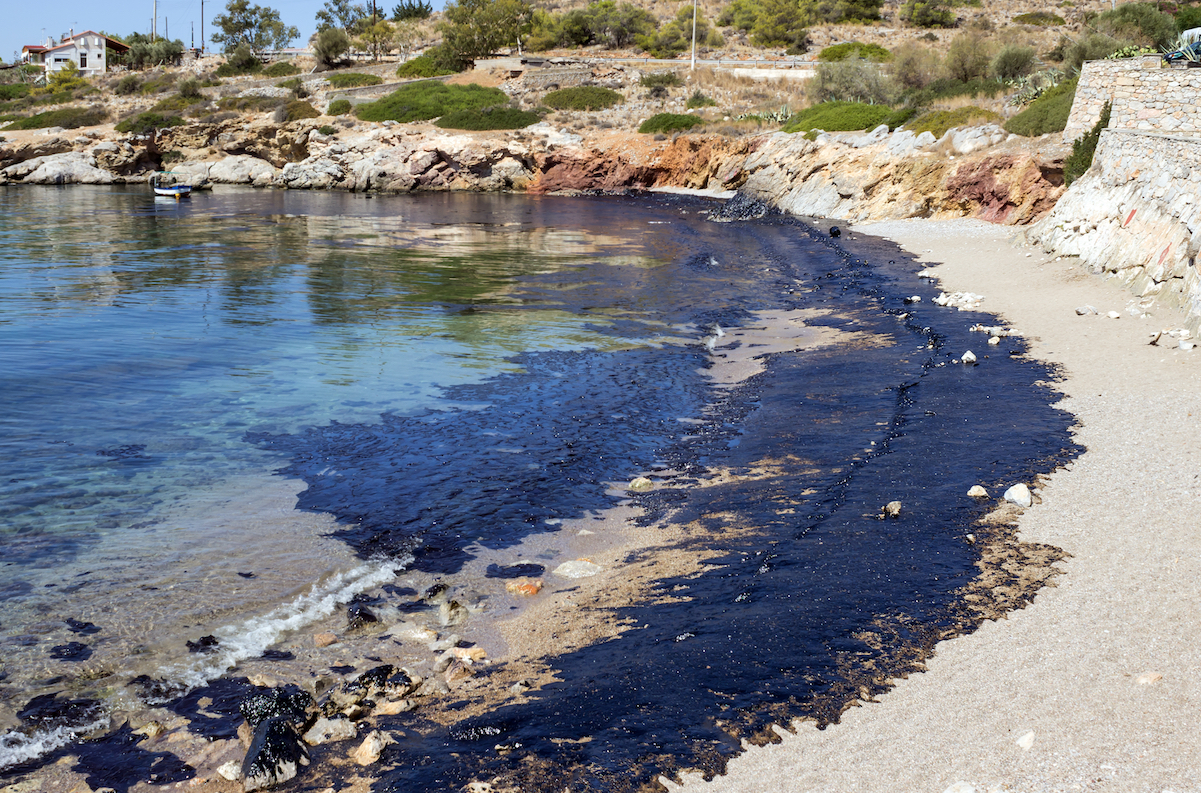
Toxic cleanup made easier thanks to a new synthetic enzyme
Toxic contaminants like fertilizer runoff, oil spills, and fuel emissions all present hazards to local ecosystems, but cleanup efforts can be thwarted by a compound that until now, scientists were unable to counter.
Sulfite reduction is a common oxidation-reduction compound from bacteria that hinders the clean up of environmental contaminants like nitrates or arsenate. These can seep into the soil, watershed, and environment as a byproduct of different agricultural operations and other human activities.
Naturally occurring sulfite can also make eliminating toxic compounds difficult as well. Removing sulfite requires a complex chemical reaction that reduces the compound to sulfide, something that had long eluded chemists.
But now, researchers from the University of Illinois at Urbana-Champaign developed a synthetic enzyme that effectively remove sulfites.
“Many biochemical reactions require a series of enzymes working together to carry out multistep reactions, but sulfite reduction uses only one enzyme, called sulfite reductase, that does all of the work,” said Yi Lu, a professor of chemistry at Illinois. “Nature created a very complex enzyme structure to handle this chemical reaction, and researchers have not been able to replicate it until now.”
The solution to the puzzle, according to the results published in the journal Science, was to stop looking at ways to replicate the catalyst that jump-starts the process for changing sulfite to sulfide and instead focus on creating synthetic interactions that would be up to the challenge.
In order to create a synthetic sulfite reductase, the researchers developed an enzyme with two different iron-containing centers linked together. The enzyme was used as a scaffold to anchor the iron clusters and sulfur atoms in the hopes that it would create the catalyst reaction necessary.
“I believe we were successful because we focused on the functionality of our synthetic enzyme, not rebuilding the simplest possible structure,” said Evan Mirts, a chemistry graduate student at Illinois. “We accounted for interactions that are typically thought of as secondary, or less important to the overall redox reaction. It turns out that these interactions are extremely important.”
The synthetic enzyme could one day be used for difficult environmental cleanup projects targeting toxic waste.
—
By Kay Vandette, Earth.com Staff Writer












